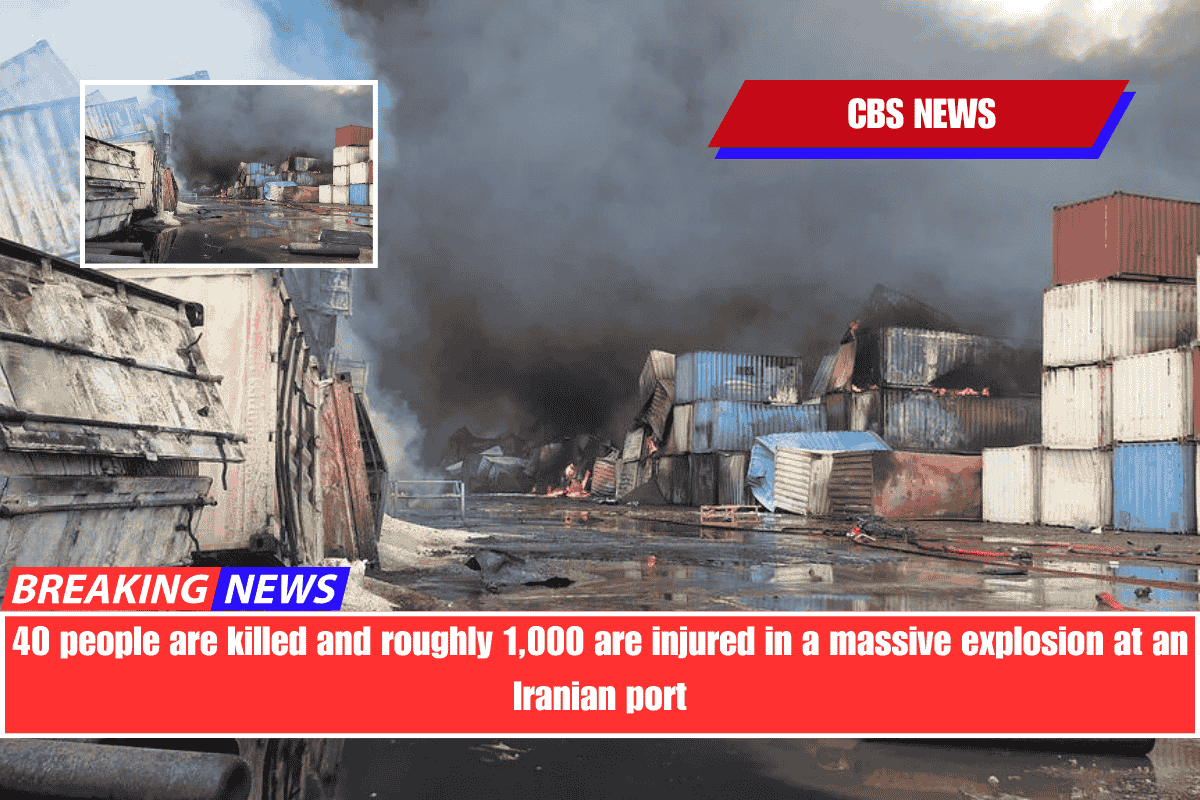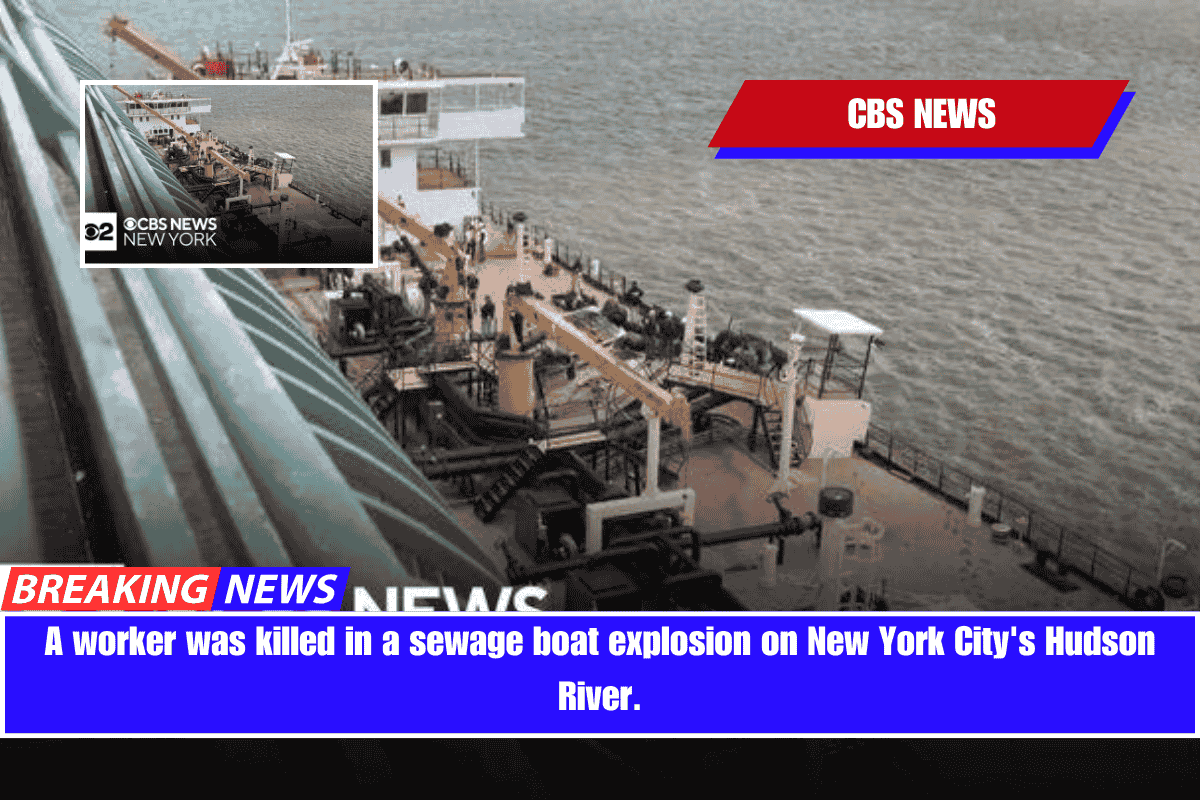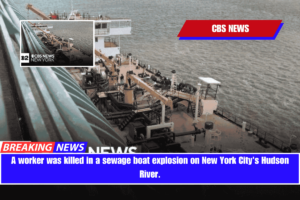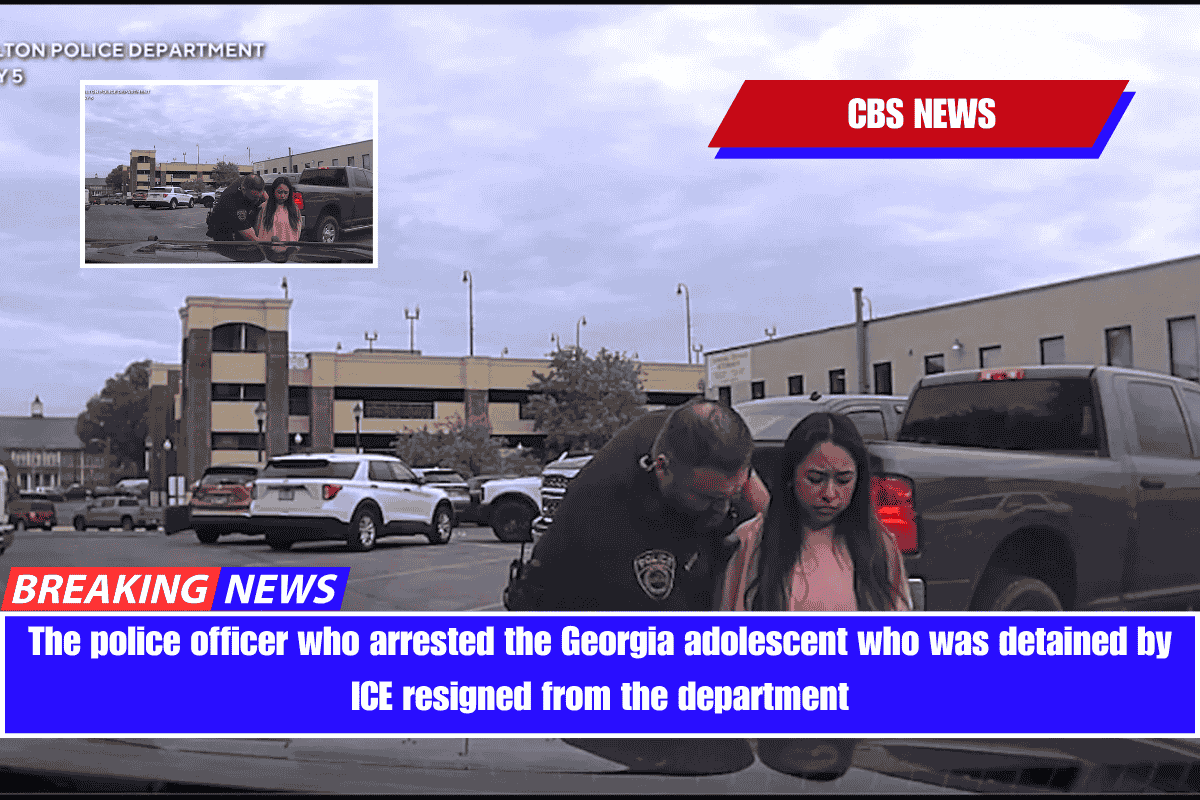A massive explosion and fire rocked a port in southern Iran on Saturday, allegedly linked to a shipment of a chemical ingredient used to make missile propellant, killing at least 40 people and injuring approximately 1,000 others, officials said.
Throughout the night and into Sunday morning, helicopters and aircraft dumped water on the raging fire at the Shaid Rajaei port. The explosion occurred as Iran and the United States met in Oman on Saturday for the third round of talks on Tehran’s rapidly expanding nuclear program.
While no one in Iran directly suggested that the explosion was the result of an attack, Iranian Foreign Minister Abbas Araghchi, who led the talks, acknowledged on Wednesday that “our security services are on high alert given past instances of attempted sabotage and assassination operations designed to provoke a legitimate response.”
Iranian President Masoud Pezeshkian visited the site, where containers appeared to have been smashed or thrown as if they were discarded toys.
“We have to find out why it happened,” Pezeshkian stated during a meeting with officials broadcast on Iranian state television.
On Sunday, provincial governor Mohammad Ashouri announced the latest death toll and declared three days of mourning, according to Iranian state television.
According to a statement carried by an Iranian government website, Pir Hossein Kolivand, the head of Iran’s Red Crescent society, said that only 190 of the approximately 1,000 injured were still hospitalized on Sunday. State TV also reported that the fire was under control and would be completely extinguished later Sunday. It also stated that activities at the port had resumed, with footage showing containers from a commercial ship being unloaded.
BBC News, a CBS News partner network, reported that verified videos showed a growing fire before the explosion. Social media videos showed black smoke billowing after the explosion. Others showed glass blown out of buildings miles from the explosion’s epicenter.
According to BBC News, little is known about what started the fire just outside of Bandar Abbas, which caused other containers to explode.
Ambrey, a private security firm, says the port received missile fuel chemicals in March. It is part of a shipment of ammonium perchlorate from China via two vessels to Iran, as reported by the Financial Times in January. The fuel was intended to replenish Iran’s missile stocks, which had been depleted by direct attacks on Israel during the conflict with Hamas in the Gaza Strip.
“The fire was reportedly the result of improper handling of a shipment of solid fuel intended for use in Iranian ballistic missiles,” Ambrey informed the press.
In his first reaction on Sunday, Iran’s defense ministry spokesman, Gen. Reza Talaeinik, denied reports that missile fuel had been imported through the port.
“No sort of imported and exporting consignment for fuel or military application was (or) is in the site of the port,” he said via telephone to state-run television. He dismissed foreign reports about missile fuel as baseless.
According to Ambrey, ship-tracking data analyzed by The Associated Press showed that one of the vessels suspected of transporting the chemical was in the area around March. Iran has not acknowledged receiving the shipment.
It’s unclear why Iran wouldn’t have removed the chemicals from the port, especially after the Beirut port explosion in 2020. The explosion, caused by the ignition of hundreds of tons of highly explosive ammonium nitrate, killed more than 200 people and injured over 6,000 more. Israel did, however, target Iranian missile sites where solid fuel is produced using industrial mixers.
Social media footage of Saturday’s explosion at Shahid Rajaei showed reddish-hued smoke rising from the fire just before the detonation. That suggests a chemical compound was involved in the explosion.
“Get back! “Tell the gas truck to go!” A man in one video shouted just before the explosion. “Tell him to leave; it’s going to blow up! Oh my God, this is going to blow up! Everyone, evacuate! Get back! “Get back!”
On Saturday night, the state-run IRNA news agency reported that Iran’s Customs Administration blamed the blast on a “stockpile of hazardous goods and chemical materials stored in the port area,” but did not elaborate.
Shahid Rajaei has been a target before. A 2020 cyberattack attributed to Israel targeted the port. It came after Israel said it had thwarted a cyberattack on its water infrastructure, which it blamed on Iran.
Social media videos showed black smoke billowing after the explosion. Others showed glass blown out of buildings kilometers (or miles) from the explosion’s epicenter. State media footage showed the injured crowding into at least one hospital, with ambulances arriving as medics rushed one person on a stretcher.
Hasanzadeh, the provincial disaster management official, had previously told state television that the blast originated from containers at the city’s Shahid Rajaei port, without providing any further details. State television also reported that the explosion caused a building to collapse, but no further information was provided.
The Interior Ministry stated that it has launched an investigation into the blast. Iranian President Masoud Pezeshkian also expressed condolences to those affected by the blast.
Shahid Rajaei Port in Hormozgan Province is approximately 650 miles southeast of Iran’s capital, Tehran, on the Strait of Hormuz, the narrow mouth of the Persian Gulf through which 20% of all oil traded passes.


















Leave a Reply